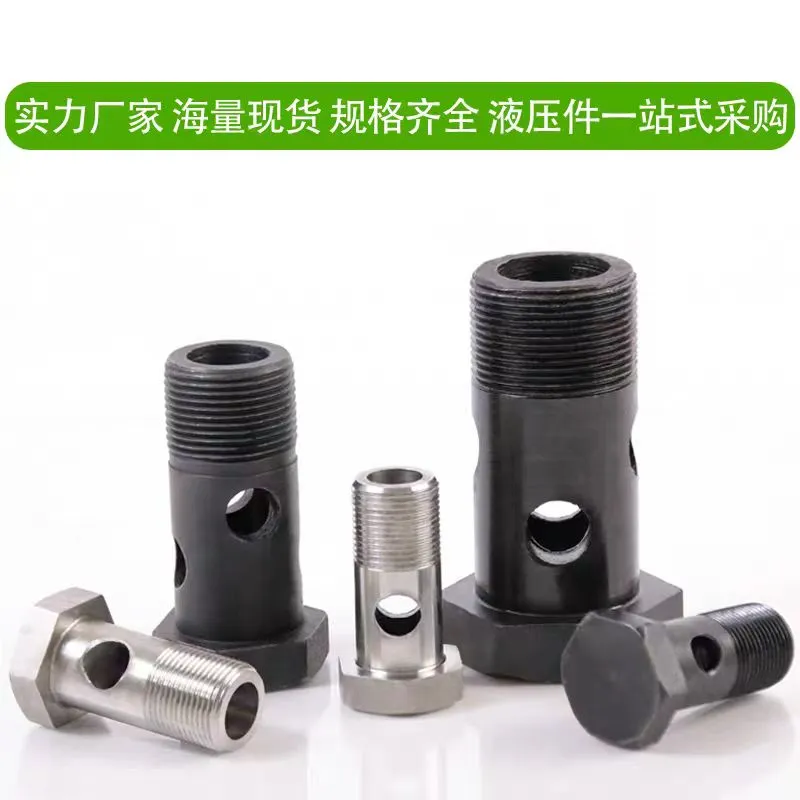

M6 Flat Washer Specifications and Applications for Various Industries
12月 . 04, 2024 10:18 Back to list
M6 Flat Washer Specifications and Applications for Various Industries
Understanding Plain Washers A Closer Look at M6 Specifications
When it comes to mechanical assemblies and fastening systems, every component plays a vital role in ensuring stability and function. Among the many small yet essential components is the plain washer, particularly the M6 specification. This article delves into the significance of plain washers, their specific applications, and why the M6 size is a preferred choice in various scenarios.
What is a Plain Washer?
A plain washer is a flat disk, typically made from metal or plastic, that is placed under the head of a screw, bolt, or nut. Its primary purpose is to distribute the load of the fastened component over a wider area, reducing the risk of damage to the surface being fastened. Moreover, washers help to prevent loosening due to vibrations and allow for a smoother surface for the nut or bolt to sit against, facilitating easier assembly.
Importance of Size The M6 Washer
The term M6 refers to the size of the fastener it is designed to accompany, specifically indicating that the washer fits an M6 metric bolt or screw. The M signifies that it is a metric component, while the 6 refers to the nominal diameter of the bolt shaft in millimeters. This means that an M6 washer is specifically designed to perfectly complement an M6 fastener, providing optimal performance in various applications.
Typically, an M6 washer has a diameter of about 12mm, with a hole size of 6.4mm. Depending on the thickness of the material being fastened, it provides ample support and prevents damage to softer materials. The choice of materials for these washers can vary, with common options including stainless steel, zinc-plated steel, and plastic, each serving different environments and corrosion resistances.
Applications of M6 Plain Washers
plain washer m6

M6 plain washers find utility in a wide array of applications, ranging from automotive to construction and electronics. In automotive applications, for instance, these washers play a critical role in assembling parts like engines, transmissions, and suspensions, where securing components against vibrations is paramount. When utilized in the electronics sector, they help secure circuit boards and other electronic components, providing stability and avoiding potential damage.
In construction, M6 washers are often used in conjunction with bolts to fasten structural elements. They help to ensure that the connections are secure, reducing the risk of structural failure. Additionally, they are used in plumbing installations, where they assist in securing fittings and pipes, ensuring that seals remain intact.
Benefits of Using Plain Washers
Using plain washers, particularly M6 variants, offers several advantages. Firstly, they enhance the load distribution of the fastener, reducing stress on any individual point on the surface. This is especially critical when fastening softer materials, where without a washer, the fastener could dig into the surface, leading to permanent damage.
Secondly, washers help to create a more stable connection by providing a smoother surface for fasteners, which reduces friction during the installation process. This can significantly decrease the likelihood of stripped threads and ensure that the fasteners can be tightened more securely.
Lastly, in dynamic situations where vibration is a factor, plain washers act as shock absorbers, providing additional stability that prevents fastening components from loosening over time.
Conclusion
In summary, plain washers, particularly those designed for M6 fasteners, are essential components in a variety of mechanical and construction applications. They offer vital support by distributing loads, reducing friction, and preventing loosening due to vibrations. With their versatility and reliability, M6 plain washers are an excellent choice for anyone involved in assembly or fastening tasks, ensuring secure and efficient performance in numerous settings. As such, understanding their specifications and applications is key for anyone working in engineering, construction, or maintenance.
Latest news
-
Premium Fasteners Manufacturer | AI-Driven Solutions
NewsAug.01,2025
-
Hot Dip Galvanized Bolts - Hebei Longze | High Strength, Corrosion Resistance
NewsAug.01,2025
-
High-Strength Hot Dip Galvanized Bolts - LongZe | Corrosion Resistance, Custom Sizes
NewsAug.01,2025
-
Best Self Tapping Screws for Drywall - Fast & Secure Installation
NewsJul.31,2025
-
High-Strength Hot Dip Galvanized Bolts-Hebei Longze|Corrosion Resistance&Customization
NewsJul.31,2025
-
Hot Dip Galvanized Bolts-Hebei Longze Metal Products|Corrosion Resistance&High Strength
NewsJul.31,2025

